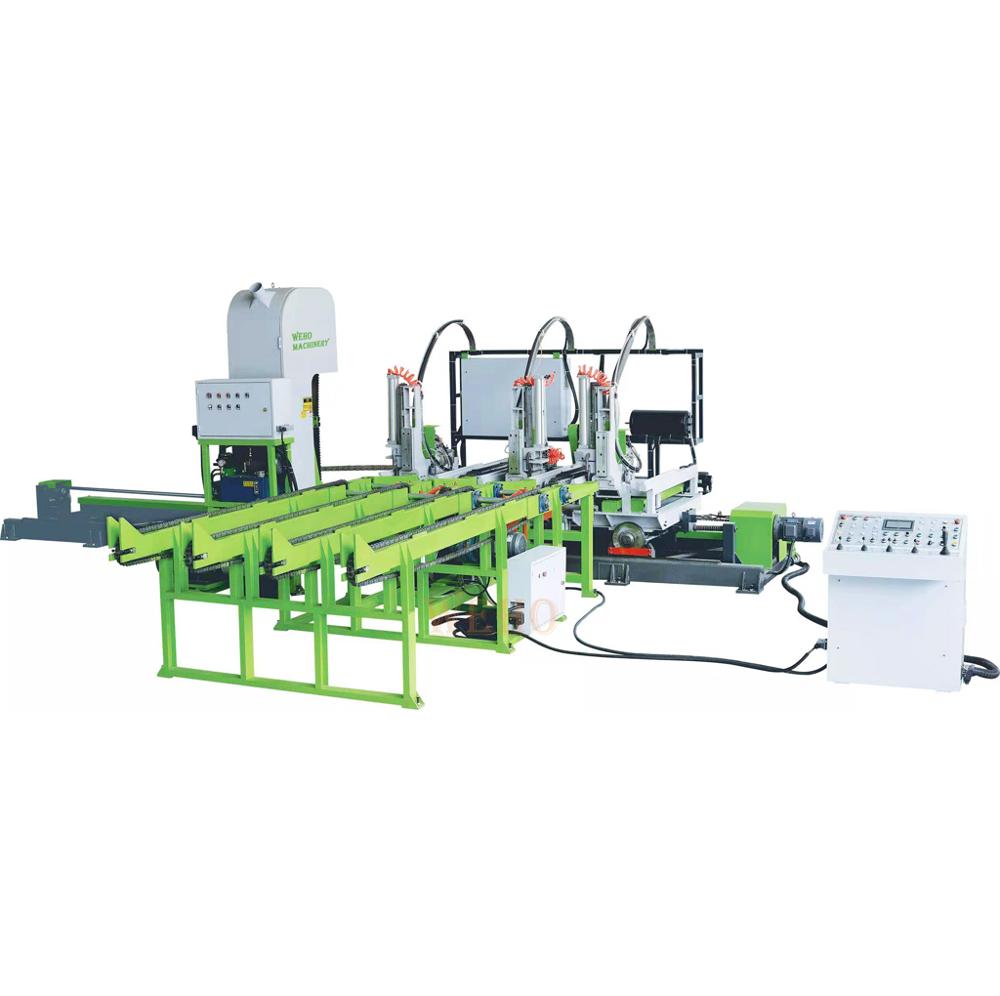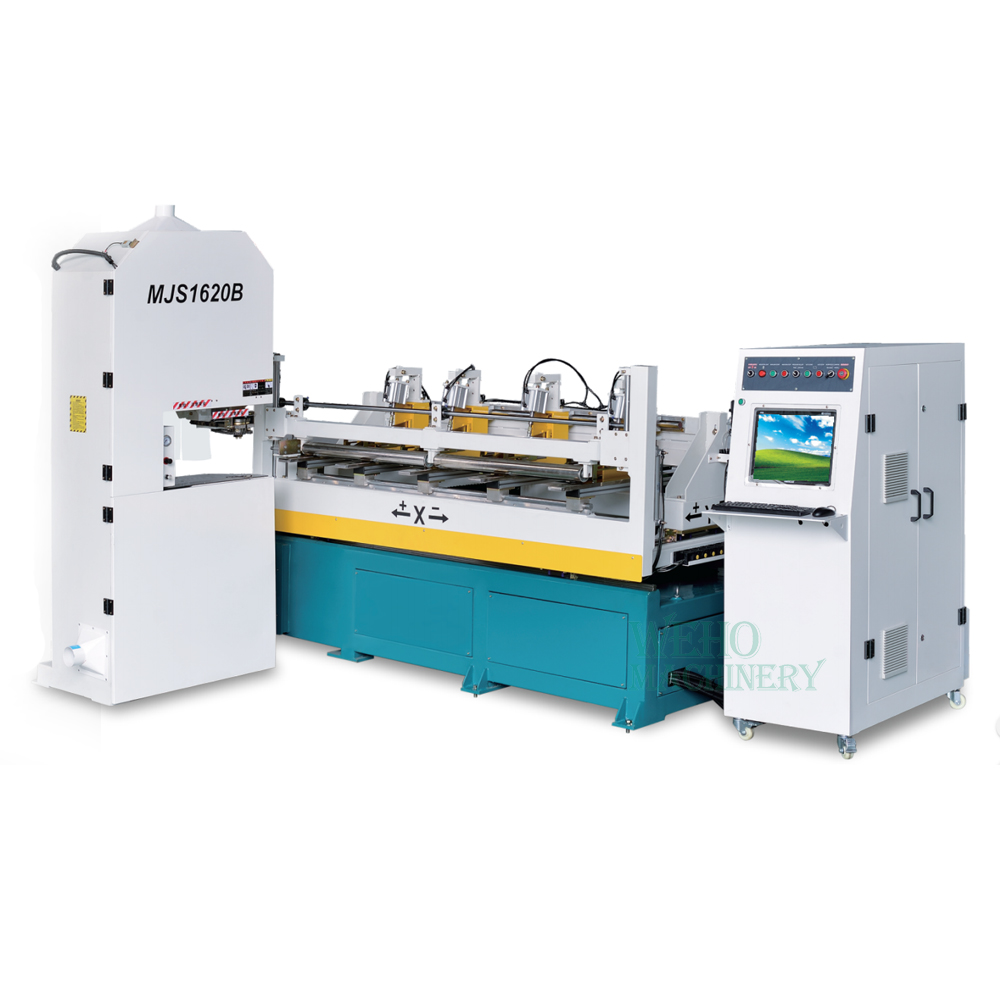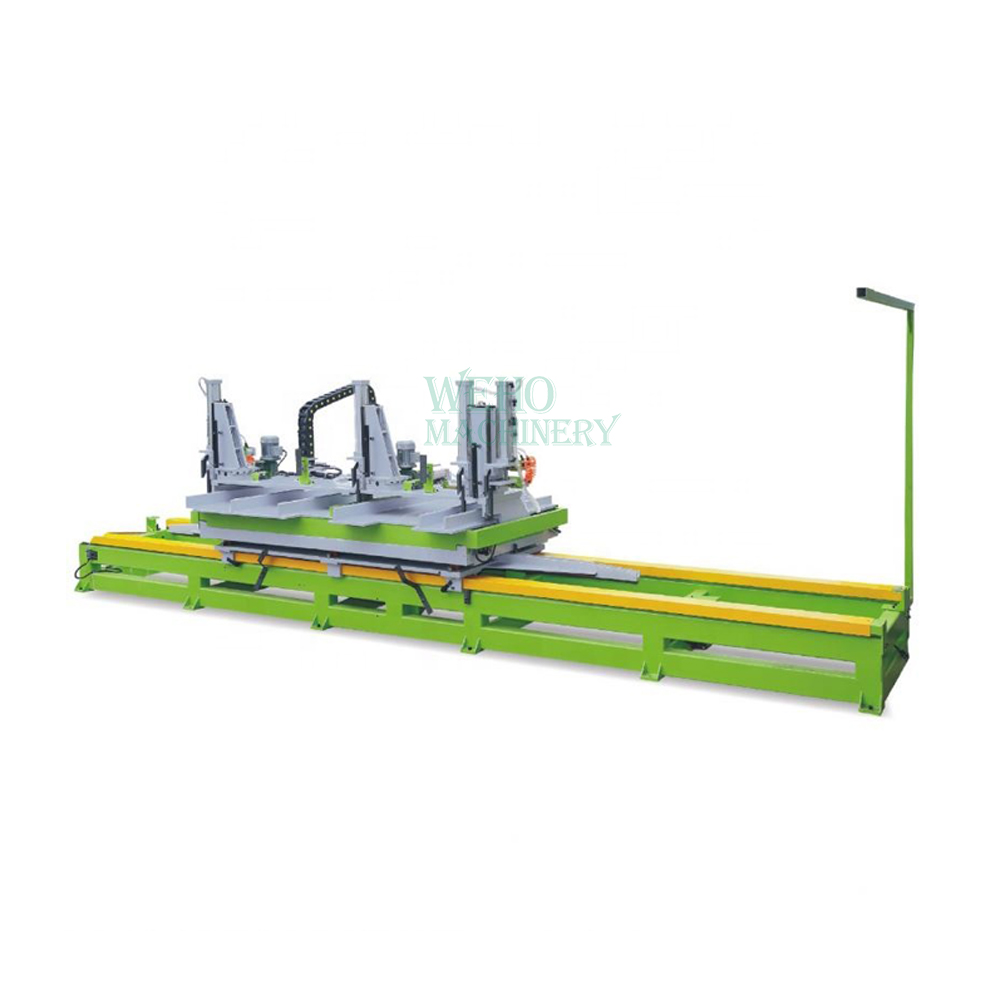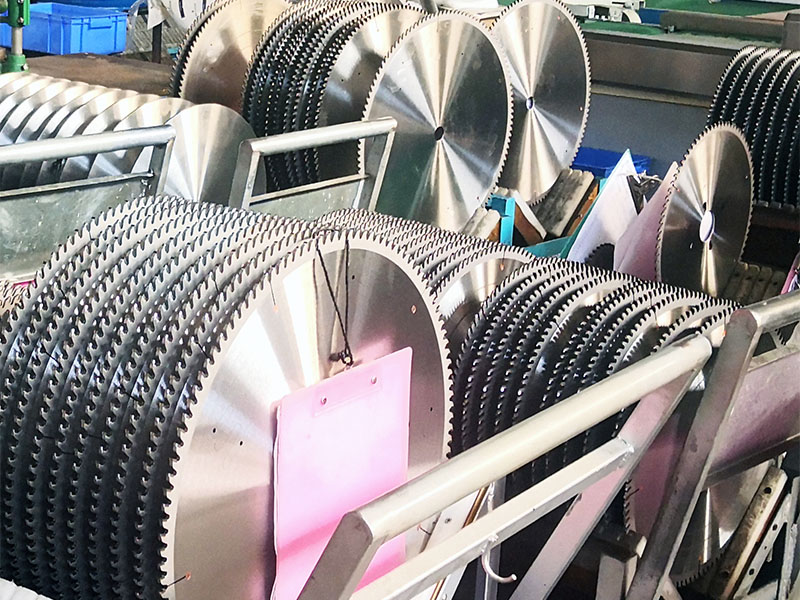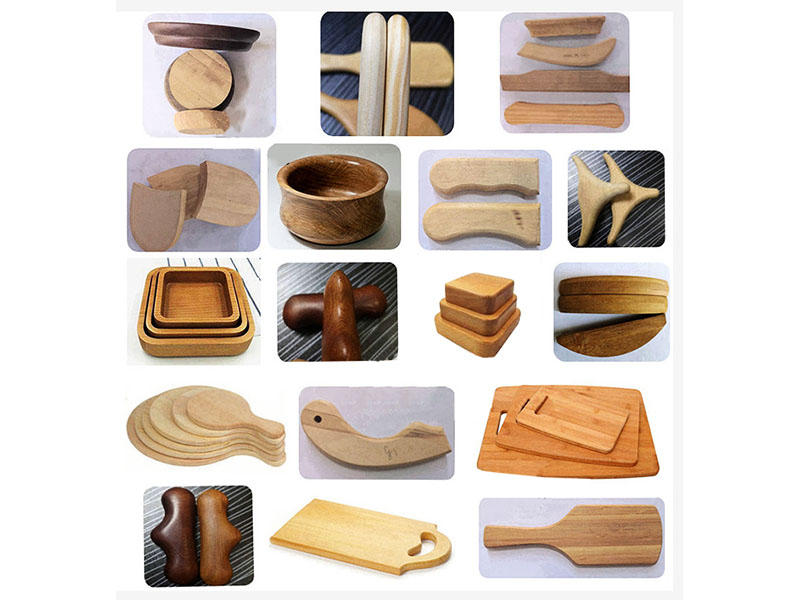
How Vertical Saw Mills Enhance Efficiency in Timber Cutting Operations
In the timber industry, efficiency and precision are paramount to maximizing productivity and profitability. The advent of vertical saw mills has revolutionized timber cutting operations by offering a more streamlined, cost-effective, and high-quality approach to processing logs into lumber. Unlike traditional horizontal sawmills, vertical saw mills utilize a unique design and operational method that significantly enhances the efficiency of cutting timber. This article delves into the various ways vertical saw mills improve timber cutting operations, focusing on their design advantages, operational workflow, impact on lumber quality, and overall contribution to sustainable and profitable timber production.
Understanding Vertical Saw Mills: Design and Operation
Vertical saw mills are characterized primarily by the orientation of their band saw blade, which is positioned vertically rather than horizontally. In this setup, the log is securely mounted on a carriage that moves horizontally past the stationary vertical saw blade. This is in contrast to horizontal sawmills where the blade moves horizontally across a fixed log.
The vertical orientation of the blade allows gravity to play a crucial role in the cutting process. As the saw blade slices through the log, the cut boards naturally fall away from the log due to gravity, often onto conveyor belts or outfeed systems. This gravity-assisted removal of boards is a fundamental feature that sets vertical saw mills apart and contributes directly to operational efficiency.
Gravity-Assisted Board Removal: Reducing Labor and Enhancing Workflow
One of the most significant efficiency improvements offered by vertical saw mills is the reduction in manual labor required for handling cut boards. In traditional horizontal sawmills, after each cut, operators or additional machinery must push or drag the boards away from the cutting area to clear the path for the next cut. This process is labor-intensive, time-consuming, and can slow down the overall sawing operation.
Vertical saw mills eliminate much of this manual handling by allowing the boards to fall naturally away from the log. This gravity-assisted removal means that boards are quickly and continuously cleared from the cutting zone, enabling the operator to maintain a steady and faster cutting rhythm. The continuous clearing of boards reduces downtime between cuts and allows for higher throughput, making vertical saw mills particularly well-suited for high-volume timber processing operations.
Moreover, the natural drop of boards reduces the risk of damage during handling, preserving the quality of the lumber and minimizing waste. This aspect is especially important for premium hardwoods and specialty timbers where maintaining board integrity is critical for market value.
Precision Cutting and Improved Lumber Quality
Vertical saw mills are engineered to provide precise and consistent cuts, which directly impact the quality and yield of the lumber produced. The saw wheel, which guides the band saw blade, is designed to maintain consistent blade tension and alignment throughout the cutting process. This stability ensures that boards are cut within tight thickness tolerances, reducing variability and improving uniformity.
Precise cutting is essential for maximizing the usable lumber extracted from each log. When boards are cut accurately to the desired thickness, there is less waste from oversizing or undersizing. This improved yield means that sawmills can produce more saleable lumber from the same volume of raw timber, increasing profitability.
Additionally, vertical saw mills often feature adjustable blade guides and tensioning systems that allow operators to fine-tune the cutting parameters based on the wood species, moisture content, and desired board dimensions. This flexibility enhances the mill's ability to produce high-quality lumber tailored to specific customer requirements.
Versatility in Handling Various Log Sizes and Species
Another advantage of vertical saw mills is their versatility in handling a wide range of log diameters and species. Many vertical saw mills can accommodate logs up to 60 inches (approximately 150 cm) in diameter or larger, depending on the model. This capability allows sawyers to process both small and large logs efficiently without the need for multiple machines or extensive log preparation.
The log carriage system on vertical saw mills can be adjusted to handle different log lengths and diameters, providing flexibility in operation. This adaptability is particularly beneficial for sawmills that process mixed species or logs of varying sizes, as it reduces the need for sorting and additional handling.
Furthermore, vertical saw mills are effective for both hardwood and softwood species, making them suitable for diverse forestry environments and markets. The ability to process a broad range of timber types with the same equipment enhances operational efficiency and reduces capital investment in specialized machinery.
Reduced Blade Wear and Maintenance Costs
Blade wear and maintenance are significant factors affecting the operational costs and downtime of sawmills. Vertical saw mills typically use large diameter saw wheels, which contribute to reducing metal fatigue on the band saw blades. Larger wheels mean the blade bends less sharply during operation, which extends the blade's lifespan and reduces the frequency of blade replacements.
In addition to the mechanical advantage of larger wheels, many vertical saw mills incorporate features such as built-in blade sharpeners or easy-to-replace blade teeth. These innovations allow operators to maintain blade sharpness and cutting efficiency with minimal downtime.
By reducing blade wear and simplifying maintenance, vertical saw mills help sawmills maintain continuous production, lower operating costs, and improve overall equipment effectiveness (OEE).
Automation and Technological Enhancements
Modern vertical saw mills are increasingly equipped with advanced automation and control technologies that further enhance operational efficiency. Electronic controls, touch screen interfaces, and automated blade tensioning systems enable operators to manage the cutting process with greater precision and ease.
Automation allows for consistent production speeds, repeatable cutting patterns, and quick adjustments to cutting parameters. This consistency is vital for large-scale timber processing operations where uniformity and throughput are critical.
Some vertical saw mills also integrate data collection and monitoring systems that provide real-time feedback on blade condition, cutting speed, and production output. These insights enable proactive maintenance and process optimization, reducing unplanned downtime and improving productivity.
Environmental and Economic Benefits
The efficiency gains achieved with vertical saw mills translate into both environmental and economic benefits. By maximizing lumber yield and reducing waste, sawmills can make better use of harvested timber, supporting sustainable forestry practices.
Reduced labor requirements and faster processing times lower operational costs, improving the economic viability of sawmill operations. Additionally, the ability to process a wider range of log sizes and species with a single machine reduces capital expenditures and simplifies inventory management.
The combination of these factors makes vertical saw mills an attractive investment for sawmill operators seeking to enhance efficiency, reduce costs, and improve product quality.
Conclusion
Vertical saw mills represent a significant advancement in timber cutting technology. Their unique design, which leverages gravity to assist in board removal, combined with precise cutting mechanisms and adaptability to various log sizes, substantially enhances the efficiency of timber cutting operations.
For timber processing businesses aiming to stay competitive in a demanding market, investing in vertical saw mill technology offers a pathway to sustainable growth and profitability.


